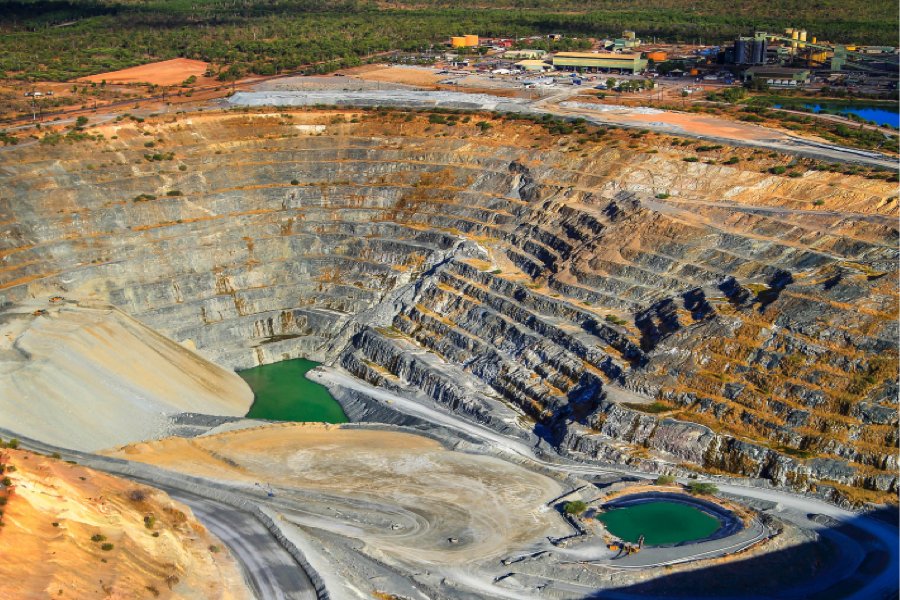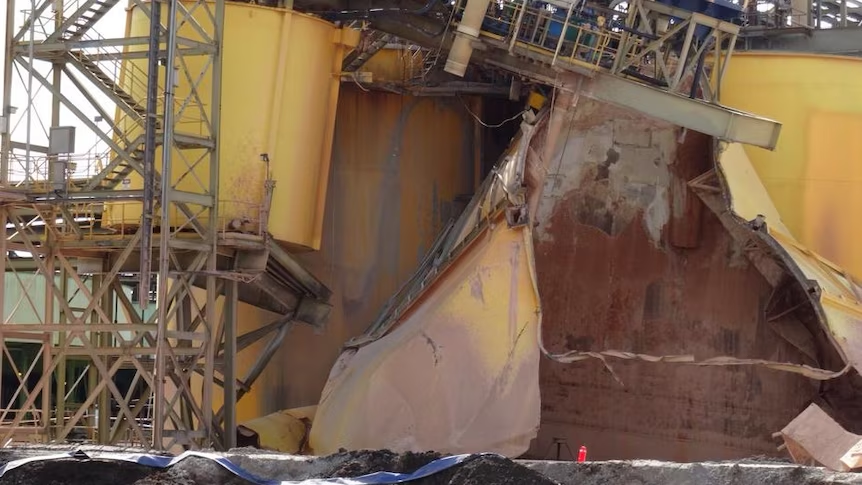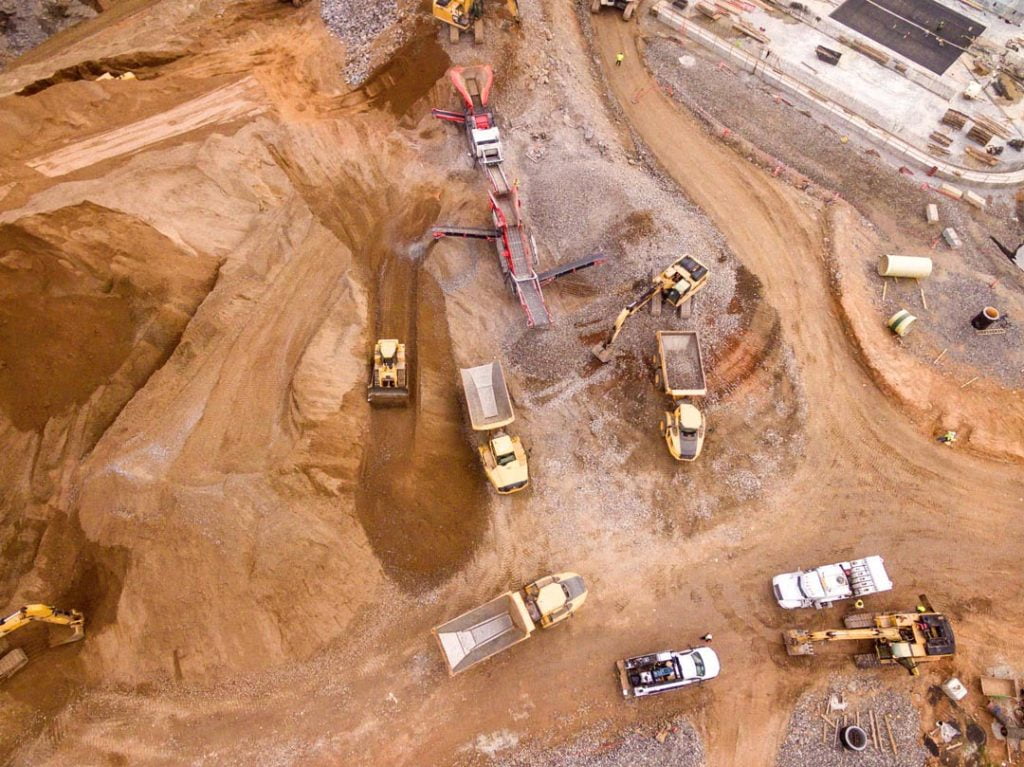The client
ERA, a majority owned subsidiary of Rio Tinto, is Australia’s longest continually operating uranium producer, and operates the Ranger Uranium Mine in Australia’s Northern Territory. The Ranger mine is surrounded by, but separate from, the World Heritage listed Kakadu National Park. Ranger is one of only three mines in the world to have produced in excess of 110,000 tonnes of uranium oxide (U308).
The challenge
On December 7, 2013, ERA experienced a catastrophic failure of one of its leach tanks at the Ranger Mine. While the resulting spillage was not contained within the tank’s bunded area, the contents were contained within the site’s secondary and tertiary containment systems, and there was no egress to the surrounding Kakadu National Park. This failure event, given the nature of the mine and its location, attracted significant media attention.
Following the incident, ERA voluntarily suspended processing operations. It subsequently received notifications from its regulators not to recommence processing operations without their approval to do so. In addition to the requirements of regulators, the ERA board determined that processing plant operations were not to recommence until the Board could be assured that it would be safe to do so. In particular, the board wished to reassure itself that this incident was an unusual, one-off event, and not symptomatic of some deeper-rooted systemic issues.
The solution
The ERA Board engaged us to conduct an independent, risk-based review in order to:
- Examine the integrity of broader processing operations,
- Identify any gaps in operating procedures or maintenance practices, and
- Make recommendations to ERA regarding the actions required to address any asset integrity and asset management issues identified, and in so doing, assist ERA to address the potential concerns of other stakeholders.
Our approach consisted of:
- An assessment of Asset Criticality in order to focus attention on those assets could have the greatest impact on Health, Safety and the Environment.
- An assessment of Equipment Design/Specification and the extent to which equipment design complied with the relevant standards. This was performed in order to identify areas where the relevant standards may have changed since the plant was designed and commissioned, and focus attention on any areas where asset design and specification may now represent a significant risk.
- An assessment of Operating Practices and Processes in order to identify potential areas where these may contribute to significant operational safety and/or environmental risks.
- An assessment of Maintenance Practices and Processes – including the adequacy of the Preventive Maintenance program and the extent to which the Preventive Maintenance program was being performed in full and on time.
- An assessment of Equipment Condition in order to identify areas where current asset condition represented a significant risk to plant integrity, safety and environment.
In conducting this review we:
- Reviewed relevant documentation,
- Conducted interviews with relevant site stakeholders,
- Visually inspected equipment, and
- Viewed records within ERA’s information systems, including the Computerised Maintenance Management System.
Benefits and outcomes
In general, our findings were as follows:
- Equipment Design – Assets had been designed to the appropriate standards, and there were no items of equipment where design modifications were required.
- Equipment Operations – Documented Standard Operating Procedures were generally of a high standard and were being followed.
- Equipment Maintenance – The Preventive Maintenance program was generally appropriate and being followed, with few exceptions.
- Equipment Condition – Equipment condition was generally acceptable for a plant of this age, with few exceptions.
The review considered 8,827 equipment items and made 83 separate recommendations to address generally minor risk issues. These included recommendations for:
- Further, more detailed inspections of selected plant items using a risk based approach and employing various technologies,
- Some repairs and rectification work to selected equipment items, and
- Further, more detailed, engineering studies
Do you need help identifying potential operational safety or environmental risks in your organisation?
We have a team of specialist consultants ready to help. Speak with one of them today, or read more about our services below.



